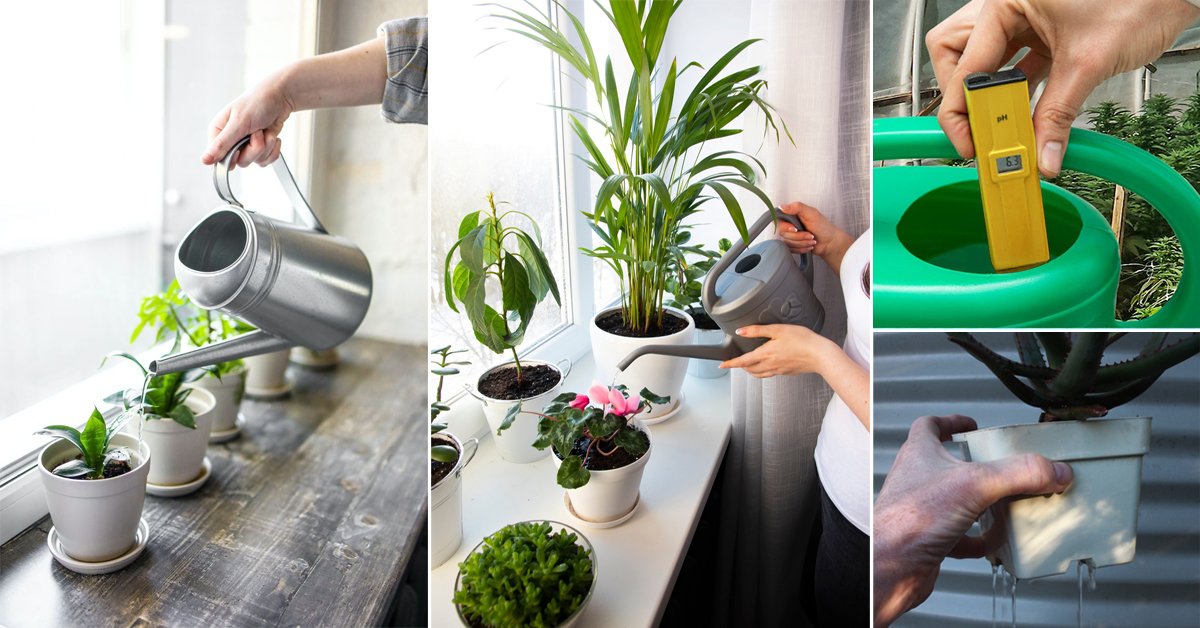
Flush Plants Without Overwatering
Flush Plants Without Overwatering, For those who have this question and want to master this art, then keep reading!
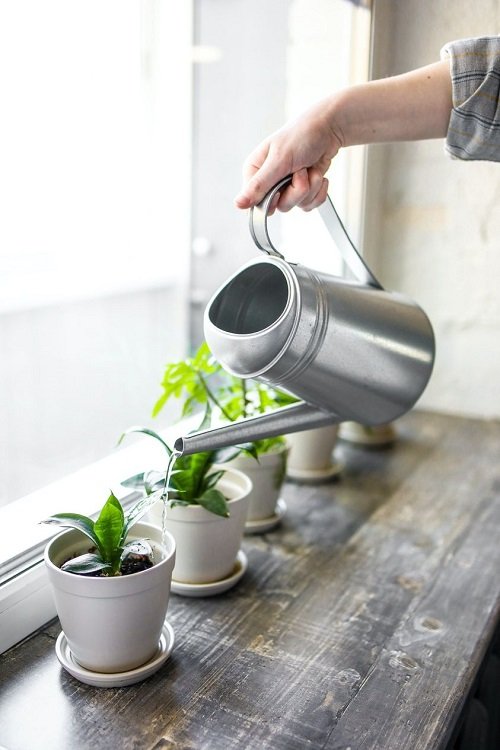
Explore the effective strategy of achieving successful “Flush plants without overwatering” through this concise and user-friendly guide! While overwatering remains a prevalent mistake, rest assured, apprehensions can be set aside. We’ll navigate through simple yet impactful procedures that ensure your plants attain the perfect hydration level, all while safeguarding their delicate root systems.
What does “Flush Watering” of a plant mean?
“Flush watering” of a plant refers to a specific watering technique aimed at providing the plant with an appropriate amount of water without causing excess moisture or overwatering. This method involves thoroughly saturating the soil to allow water to reach the root zone effectively.
What is the purpose behind flushing your indoor plants?
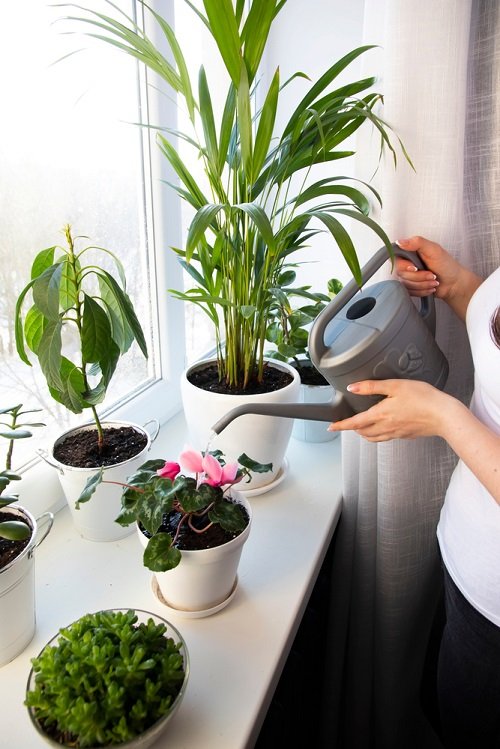
Flushing indoor plants serves the vital purpose of maintaining their overall health and optimizing their growth. This practice involves thoroughly watering the plants to ensure that excess salts, minerals, and built-up nutrients are flushed out of the soil. Here’s why flushing your indoor plants is important:
- Salt Buildup Prevention: Over time, water-soluble salts from fertilizers can accumulate in the soil. If left unchecked, these salts can reach levels that are detrimental to plant health. Flushing helps to prevent salt buildup, which can impede the plant’s ability to absorb water and nutrients.
- Nutrient Balance: While fertilizers are essential for plant growth, an imbalance or excessive buildup of nutrients can harm plants. Flushing helps to restore a balanced nutrient profile in the soil, ensuring that the plant receives the right nutrients in appropriate quantities.
- Root Health: Accumulated salts can lead to root burn and hinder root development. Flushing helps create a healthier root environment by removing excess salts that could potentially harm the delicate root systems.
- Watering Efficiency: Flushing improves the soil’s water-retention capacity. When salts are present in excess, they can disrupt water absorption and retention, causing uneven moisture distribution. Proper flushing ensures that water penetrates the soil evenly and effectively.
- Plant Vitality: When plants are free from excessive salts and accumulated nutrients, they can focus their energy on healthy growth, producing vibrant leaves, robust stems, and beautiful blooms.
- Preventing Toxicity: High salt levels can lead to nutrient imbalances and toxicity, causing visible damage such as leaf browning, curling, or yellowing. Flushing mitigates the risk of such issues.
To effectively flush your indoor plants, water them thoroughly until you see water draining from the bottom of the pot. This process helps to carry away excess salts and built-up nutrients. It’s important to balance flushing with proper watering practices, ensuring that plants are neither under- nor over-watered.
Flush Plants Without Overwatering

The process of flushing plants without overwatering involves a strategic approach to watering that ensures proper hydration while preventing excessive moisture. This technique is particularly important for maintaining healthy plant growth and preventing issues associated with overwatering. Here’s a step-by-step breakdown of the process:
- Choose the Right Timing: Determine the appropriate time to flush your plants. This is usually when the top inch or two of the soil feels dry to the touch. This indicates that the plant is ready for hydration without risking waterlogged conditions.
- Prepare the Plant: Gently remove any saucers or excess water-catching devices from under the plant’s pot to prevent water from accumulating at the bottom.
- Select Adequate Watering Tools: Use a watering can with a fine rose attachment or a hose with a gentle flow setting. This helps distribute water evenly and prevents the soil from becoming compacted.
- Thoroughly Water the Plant: Water the plant until you see water starting to drain from the bottom of the pot. This indicates that the soil is becoming thoroughly saturated and that any excess salts or nutrients are being flushed out.
- Observe the Drainage: Pay attention to how quickly the water drains out of the pot. If it takes an excessively long time, it might indicate that the soil is compacted and not allowing proper drainage. This is a sign that the soil may need aeration or repotting.
- Allow Excess Water to Drain: Allow the excess water to drain completely from the pot. This ensures that the soil is hydrated without becoming waterlogged.
- Proper Soil Type: The type of soil you’re using also plays a role. Well-draining soil, such as a mix with perlite or sand, facilitates better water distribution and drainage.
- Adjust Frequency: Flushing should be done less frequently than regular watering. Aim to flush your plants every few weeks or when the soil shows signs of becoming compacted or nutrient imbalanced.
- Monitor Plant Response: Observe how your plants respond to flushing. Healthy plants will perk up after a flush, and their growth and vitality will improve. If the plant shows signs of stress like wilting or yellowing leaves, adjust the watering schedule accordingly.
- Balance with Other Care: Flushing is one aspect of plant care. Ensure that you’re also providing proper light, temperature, and nutrients to support overall plant health.
By mastering the process of flushing plants without overwatering, you’re creating an environment that encourages robust root development, nutrient balance, and vibrant growth. This technique helps prevent common issues associated with water stress while promoting thriving and healthy plants.
Monitor Plants During Flushing
Monitoring plants during the flushing process is a crucial aspect of ensuring their well-being and preventing potential issues. Here’s why and how to effectively monitor your plants while flushing:
- Observing Response: Pay attention to how your plants react immediately after flushing. Healthy plants should perk up and appear more vibrant as they absorb the moisture. If they continue to appear wilted or stressed, it could indicate an underlying problem.
- Soil Moisture: After flushing, monitor the moisture level of the soil. Use your finger to gauge the depth of moisture in the soil. This helps ensure that the water has penetrated evenly throughout the root zone.
- Drainage: Check how well the excess water is draining from the pot or the planting area. If the water takes an unusually long time to drain or if it pools on the surface, it could indicate poor drainage or compacted soil.
- Leaf Condition: Inspect the leaves for any signs of water-related stress. Wilting, yellowing, or browning of leaves could be indicative of overwatering, poor drainage, or other issues.
- Root Health: While you might not be able to directly observe the roots, being mindful of signs like root rot (foul smell, dark and mushy roots) can help you identify any issues early on.
- Frequency and Response: Take note of how often you’re flushing your plants and how they’re responding over time. If you notice a decline in plant health or consistent water-related issues, it might be a sign to adjust your flushing frequency.
- Weather Conditions: External factors such as humidity and temperature can influence how quickly the soil dries after flushing. Keep an eye on weather forecasts to anticipate how your plants will respond.
- Consistency: Consistency in your flushing routine is key. Avoid sudden changes in watering practices as plants can become accustomed to a specific routine.
- Overwatering Signs: While the goal is to prevent overwatering, it’s equally important not to underwater. Watch for signs of underwatering, such as drooping leaves or dry soil, which can occur if the flushing process isn’t providing adequate hydration.
Plant care after flushing to control ideal moisture possibilities
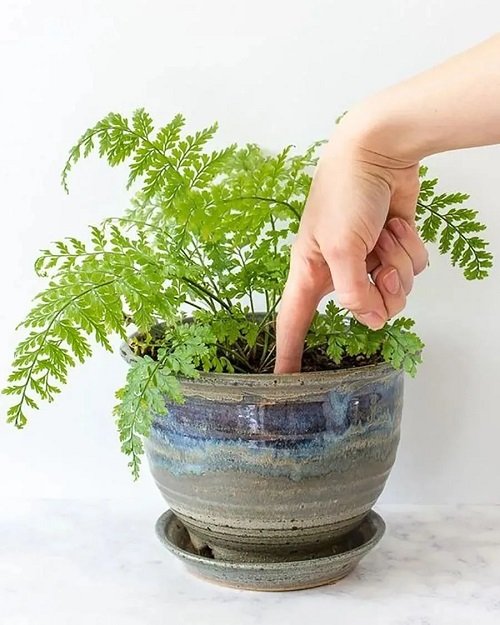
After the process of flushing your plants, implementing proper post-flushing care is essential to maintain ideal moisture levels and ensure the well-being of your plants. Here are some crucial steps to consider:
Observation: Keep a close eye on the plants immediately after flushing. Look for any signs of stress or overwatering, such as drooping leaves or waterlogged soil. This initial assessment aids in promptly detecting any immediate concerns.
Soil Monitoring: Check the moisture level of the soil regularly. Assess the soil’s moisture by inserting your finger into it.
Aim for a slightly moist but not soggy feel. Adjust your watering schedule based on the soil’s condition.
Watering Schedule: Adjust your regular watering schedule after flushing. Since the flushing process can provide a thorough saturation of the soil, you might not need to water as frequently as before. Allow the soil to dry slightly between waterings.
Pot Drainage: Ensure that the pots or containers have proper drainage holes. If excess water accumulates at the bottom, it can lead to waterlogged conditions. Elevating pots slightly or using pot feet can improve drainage.
Humidity Management: Be mindful of the humidity levels in the environment. If the air is too humid, it can contribute to prolonged moisture retention in the soil. Consider adjusting the placement of your plants or using a dehumidifier if needed.
Leaf Inspection: Regularly inspect the leaves for any signs of moisture-related issues. Yellowing, wilting, or fungal growth could indicate excess moisture. Remove any affected leaves promptly to prevent further problems.
Adequate Airflow: Ensure proper air circulation around your plants. Good airflow helps prevent moisture buildup and reduces the risk of fungal diseases.
Use Well-Draining Soil: If repotting is needed, opt for well-draining soil mixes. These mixes facilitate proper water distribution and prevent waterlogging.
Mulching: Consider using a thin layer of organic mulch on the soil surface. Mulch helps regulate soil moisture by reducing evaporation and protecting the soil from rapid temperature changes.
Elevate Plants: Elevate pots slightly to allow air circulation beneath them. This can help prevent moisture accumulation around the bottom of the pot.
Regular Maintenance: Continue to monitor your plants’ response to post-flushing care. Adjust your routine based on the changing needs of your plants and the surrounding environment.
By paying close attention to the moisture levels and consistently applying appropriate care practices after flushing, you’ll create an environment that promotes healthy growth while preventing the risks associated with excess moisture.
When To Avoid Flushing Plants
It’s important to exercise caution and make informed decisions regarding when to avoid flushing plants. While flushing is generally beneficial for maintaining plant health, there are certain scenarios where it’s best to hold off on this practice:
- Dormant Period: During a plant’s dormant period, it’s not actively growing or utilizing water and nutrients. Flushing during this time can lead to waterlogged soil, potentially causing root rot or other issues.
- Sensitive or Newly Transplanted Plants: Plants that have recently been transplanted or those with delicate root systems might not handle excessive watering well. Flushing could disrupt their establishment and potentially harm the roots.
- Water-Sensitive Plants: Some plants, particularly those adapted to arid environments, are sensitive to excess moisture. Flushing might not be suitable for such species, as it can lead to root rot or other water-related problems.
- Plants in Heavy Clay Soil: If your plants are in heavy clay soil that retains water, flushing could lead to waterlogged conditions. In such cases, it’s better to water less frequently and allow the soil to dry out between waterings.
- Plant Stress: Plants undergoing stress, such as from diseases, pests, or extreme weather conditions, might not respond well to flushing. It’s advisable to address the underlying stressors before considering flushing.
- Overly Dry Soil: If the soil is already extremely dry, flushing might not be necessary and can potentially shock the plant. Gradual rehydration through regular watering is a better approach in such situations.
- Plants Requiring Drier Conditions: Certain plants, like succulents and cacti, thrive in drier conditions. Flushing can disrupt their natural habitat and lead to issues.
- Salt-Tolerant Plants: Some plants are adapted to tolerate higher salt levels in the soil. Flushing these plants excessively could actually remove beneficial salts they need.
In summary, while flushing is a useful technique for maintaining healthy plants, it’s not universally applicable. Consider the specific needs, characteristics, and conditions of your plants before deciding to flush. When in doubt, research the preferences of the particular plant species you’re caring for and monitor their response to watering practices.
Does the flushing process have any effect?
The flushing process plays a significant role in plant care, particularly in maintaining soil health and nutrient balance. Here’s why the flushing process indeed has a notable effect:
Salt and Mineral Removal: Over time, salts and minerals from fertilizers can accumulate in the soil, potentially leading to nutrient imbalances. Flushing helps remove these excess salts, preventing toxicity and ensuring that plants receive a balanced nutrient intake.
Prevention of Overaccumulation: Without flushing, salts and nutrients can accumulate to levels that hinder the plant’s ability to absorb water and essential nutrients. Flushing prevents this overaccumulation, allowing the plant to take up nutrients more efficiently.
Enhanced Water Distribution: Flushing aids in distributing water evenly throughout the root zone. This is crucial for proper root development and growth. When water reaches all parts of the soil, the roots can explore a larger area for nutrients and moisture.
Optimal Root Health: Flushing encourages healthier root systems. By preventing the accumulation of salts that could harm roots, the plant’s ability to uptake water and nutrients is improved, leading to better overall growth.
Improved Oxygen Availability: Excess salts in the soil can reduce oxygen availability to the roots, leading to poor root health. Flushing promotes better oxygen circulation in the soil, creating a favorable environment for root growth.
Prevention of Soil Compaction: Flushing prevents soil compaction, which can hinder water penetration and root growth. By maintaining well-draining soil, plants can better access water and nutrients.
Balanced Growth: The flushing process ensures that plants receive the appropriate nutrients in the right quantities. This results in balanced growth, with healthier leaves, stems, and vibrant blooms.
Mitigation of Water Stress: Flushing helps avoid water stress caused by excessive salts or nutrients. Plants are more likely to thrive and remain resilient when provided with a well-flushed, nutrient-balanced environment.
In summary, the flushing process has a considerable effect on plant health by maintaining optimal soil conditions and nutrient balance. It’s a practice that supports efficient nutrient uptake, robust root development, and overall vitality. By incorporating flushing into your plant care routine, you create an environment where plants can truly flourish.
Do I need to regulate the water’s pH while flushing?
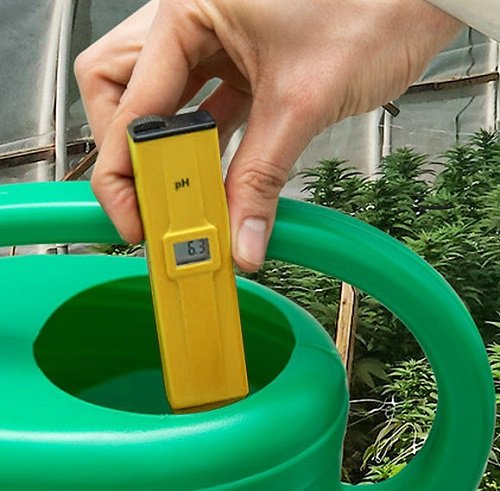
pH adjustment during flushing depends on factors like plant preferences, growing systems, and pH stability. Beneficial for specific plants and hydroponics, pH regulation aids nutrient absorption and optimal conditions. Adjust pH if plants show stress or need specific ranges. For typical potting soils, flushing with pH-matched water works to remove excess salts and balance nutrients.
Conclusion
Given that flushing plant soil is crucial for eliminating salt and nutrient buildup, the use of spring water is recommended. Ensure thorough soil saturation with water to effectively flush out excess nutrients. This enables your plant to absorb the appropriate nutrients required for thriving and prevents nutrient burn.




Average Rating